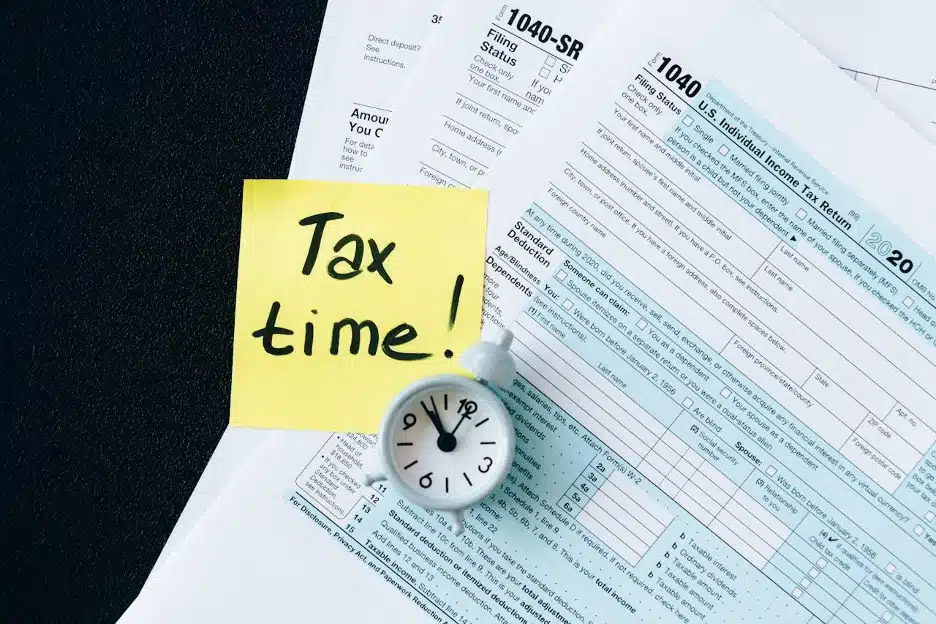Taxes can often feel overwhelming, but they don’t have to be, especially when there’s an option for a state tax extension. If meeting the tax deadline feels challenging, filing for an extension could be a practical way to buy yourself some breathing room.
This guide will take you through what state tax extensions are all about, why they may be useful, how to apply for one, and what happens afterward.
The Basics of State Tax Extensions
A state tax extension allows individuals or businesses to extend the deadline for filing their state taxes beyond the standard due date. However, keep in mind that this is only an extension of time to file the paperwork, not an extension to pay the taxes owed.
Any balance owed typically still needs to be estimated and paid by the original tax deadline, or penalties and interest may accrue. Different states have different rules surrounding extensions.
Some states automatically grant extensions if you file a federal tax extension, while others require specific forms to be submitted. Additionally, deadlines vary between states, which is why understanding your specific state’s rules is essential.
If you’re unsure of which deadlines apply or how different states handle extensions, TurboTax provides more details with helpful resources, such as tracking which states have extended tax deadlines.
Reasons to File a State Tax Extension
There are a variety of reasons why someone might decide to file for a state tax extension. Often, people need more time to gather all the necessary documents or encounter unexpected life events. Here are some common scenarios where filing an extension becomes helpful:
- Missing Documents: Waiting for your W-2s, 1099s, or other documents essential for filing.
- Complicated Finances: Managing income from multiple sources (e.g., freelance work, investments) that takes more time to calculate properly.
- Unforeseen Life Events: Illnesses, emergencies, or other factors can delay preparation.
- Needing Professional Guidance: Sometimes you simply need extra time to consult with a tax expert.
Filing an extension can give you the cushion needed to ensure accuracy and potentially avoid mistakes caused by rushing.
How to File a State Tax Extension
Filing for a state tax extension is generally straightforward, although rules can vary by state. Here’s a breakdown of how this process typically works:
- Check Your State’s Rules: Visit your state’s tax agency website to understand requirements for requesting an extension.
- Fill Out Necessary Forms: Some states offer a specific extension form, while others automatically grant extensions if your federal tax extension is approved.
- Estimate Your Taxes Owed: Even with the extension, you’ll often need to calculate an estimate and make a payment. Many states require this step by the original deadline.
- Submit Your Request: Complete and submit your forms or payments by your state’s specified deadline. This can often be done electronically or via mail.
Penalties and Interest
While an extension allows you more time to file, it does not exempt you from penalties or interest for late payments. To avoid extra costs, here’s what to watch out for:
- Late Payment Penalties: Interest accrues on unpaid taxes starting from the original due date.
- Underpayment Penalties: If your estimated payment is too low, you may face additional charges.
- Missed Extended Deadline: Failing to submit your return by the extended deadline can lead to higher penalties.
To minimize these risks, always pay as much of your estimated tax liability as possible when filing for an extension.










